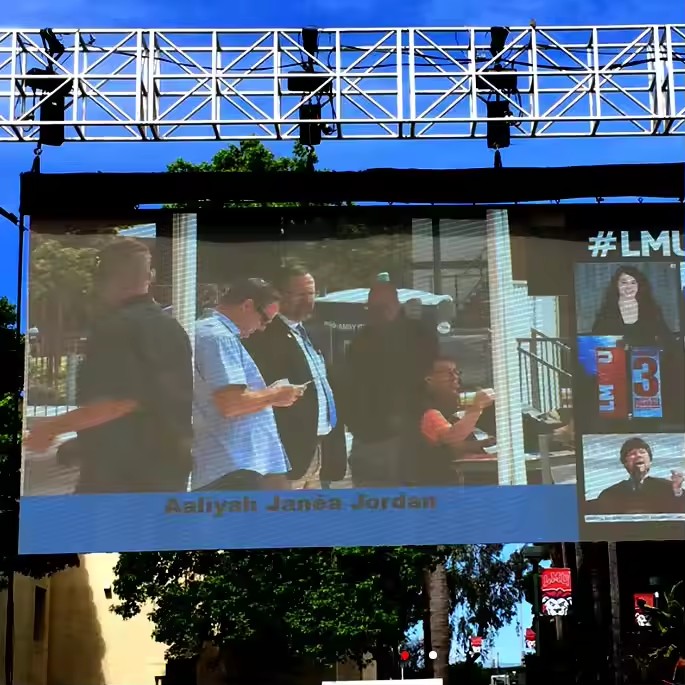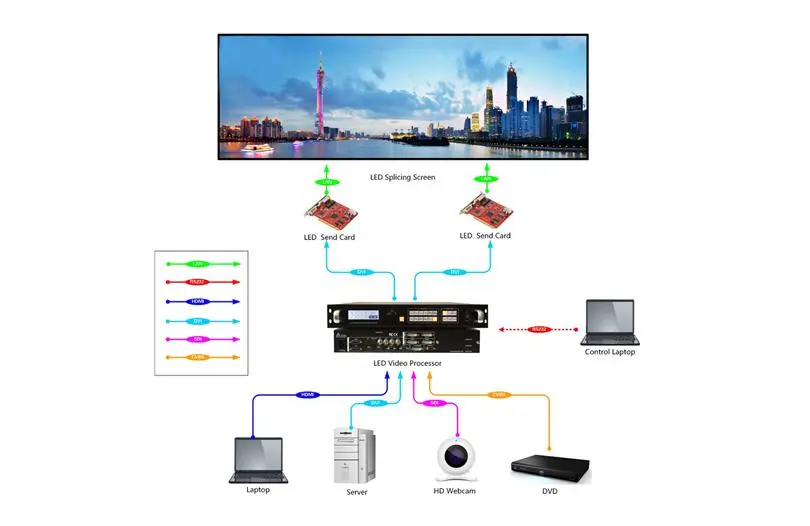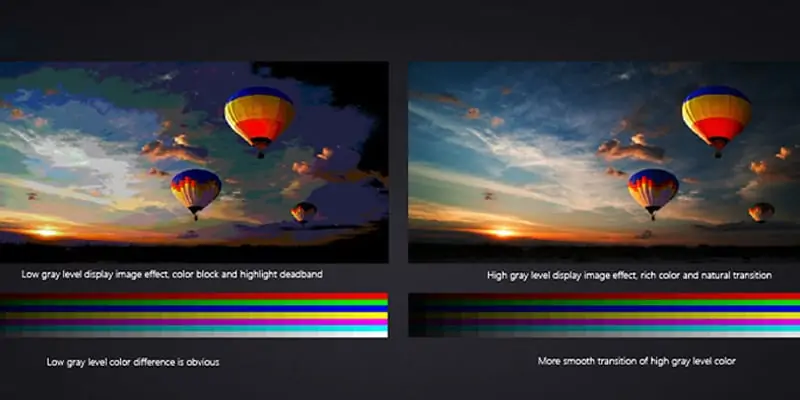
How does the technology rental LED screen work?
Introduction
LED screen displays have revolutionized visual communication, powering everything from concert stages to corporate events. For businesses considering LED display screen rental, understanding the technology behind these systems ensures smarter investments and impactful results. This guide breaks down how LED displays work, their core components, and critical factors for optimizing rentals.
How LED Screen Displays Work
1. The Science of Light Emitting Diodes (LED)
LED displays rely on semiconductor technology to emit light when electrically charged. Each LED functions as a tiny light source, combining red, green, and blue (RGB) sub-pixels to create millions of colors. By adjusting the intensity of these sub-pixels, screens achieve precise color reproduction—a critical feature for high-end LED display screen rental in live events.
2. Pixel Structure and Resolution
- Pixel Pitch: The distance between adjacent pixels (e.g., P3mm, P6mm) determines image clarity. Smaller pixel pitches suit close-viewing rentals (e.g., conferences), while larger pitches work for billboards.
- Viewing Distance: Rental companies often recommend pixel pitch based on audience proximity. For example, a P4mm screen is ideal for stage backdrops viewed from 10+ meters.
Key Components of LED Displays
1. LED Modules
These modular panels house clusters of LEDs and form the building blocks of displays. For rentals, lightweight modules enable quick assembly and flexible screen sizing.
2. Cabinet Design
Durable aluminum cabinets protect LED modules while allowing seamless interlocking. Rental-grade cabinets prioritize portability and weather resistance (IP65 rating for outdoor use).
3. Control Systems
- Video Processors: Convert input signals (HDMI, SDI) to match the display’s native resolution.
- Synchronization: Ensures uniform brightness and color across multi-screen setups, vital for large-scale event rentals.

Types of LED Displays for Rent
1. Indoor vs. Outdoor Rentals
| Factor | Indoor Screens | Outdoor Screens |
|---|---|---|
| Brightness | 800-1,500 nits | 5,000-10,000 nits |
| Weatherproofing | Standard | IP65+/anti-glare coating |
| Use Cases | Conferences, retail | Concerts, sports events |
2. Specialized Rentals
- Flexible LED Screens: Bendable modules for curved stages or immersive installations.
- Transparent LED Displays: 50-70% transparency for storefronts or holographic effects.
Technical Factors Impacting LED Display Screen Rental
1. Refresh Rate & Image Quality
High refresh rates (≥3,840Hz) eliminate flickering in camera-heavy events (e.g., broadcasts).
2. Grayscale Performance
Superior grayscale (16-bit+) ensures smooth gradients, critical for cinematic backdrops.
3. Energy Efficiency
Low-power LEDs (≤300W/m²) reduce generator costs for temporary outdoor setups.

Why Modular Design Matters for Rentals
- Rapid Deployment: Pre-configured cabinets cut setup time by 40%.
- Scalability: Combine modules for 10m-wide concert screens or compact retail displays.
- Damage Control: Replace single modules instead of entire screens.
Content Management for Rental LED Screens
- Input Formats: Ensure compatibility with 4K, HDR, and live feeds.
- Content Scaling: Use processors to upscale lower-resolution media without pixelation.
- Real-Time Control: Cloud-based software adjusts brightness/contrast remotely during events.
Conclusion
From pixel-level engineering to scalable rental solutions, LED screen displays merge cutting-edge technology with practical versatility. Whether planning a product launch or a festival stage, understanding these principles ensures you rent the right system for unforgettable visuals. As the industry evolves with smarter, greener tech, LED rentals will continue redefining event experiences.